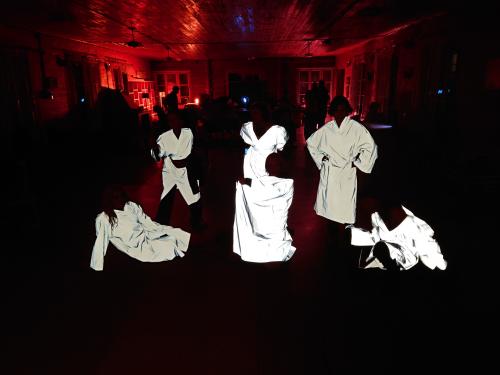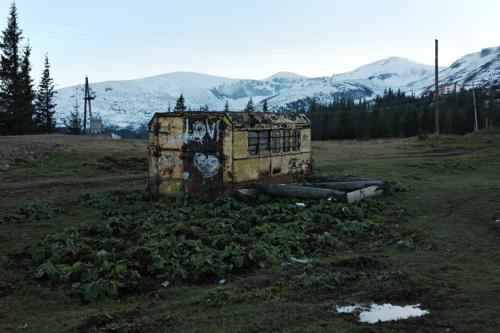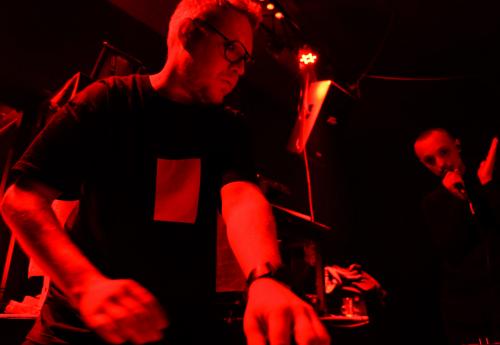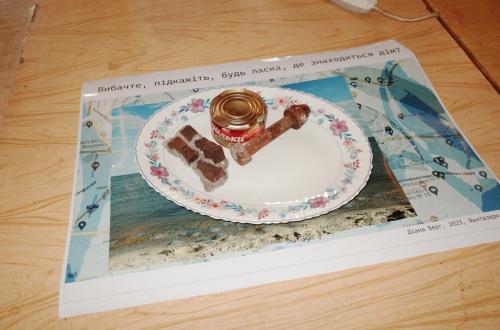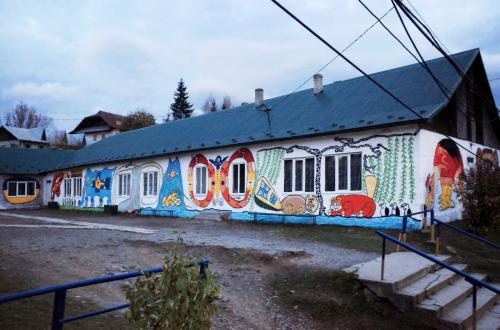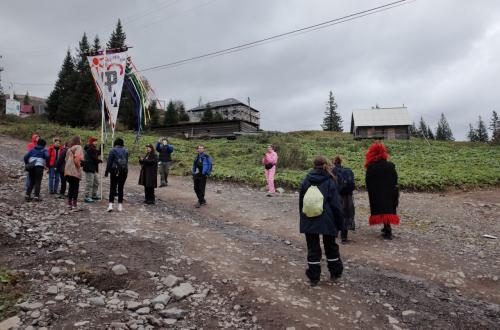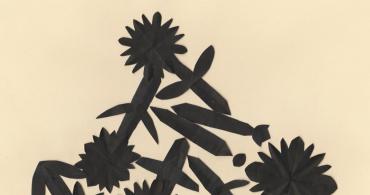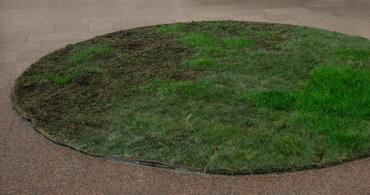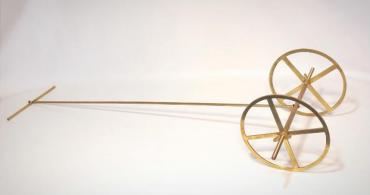Over time, the festival's curatorial team took shape: Oksana Usachova remains its permanent director, while Zhanna Kadyrova, the flagship of contemporary Ukrainian art, curates the art program (this year in collaboration with Dana Briezhnieva). The themes that emerged were preserving the Carpathian ecosystem and supporting the
Free Svydovets movement, conscious consumption, decentralization, and the role of contemporary experimental culture in these processes. Over the years, they have been voiced both in the participants' artworks, including land art installations and performances and at the level of environmentally conscious festival practices. For example, in 2021, a ticket to the festival could be obtained in exchange for garbage collected on the banks of the Chorna Tysa River, which the festival organizers and local enthusiasts sent for recycling.
Another tradition of ‘Fantasery’ is to present art from a particular city/region at each festival. In different years, it was Ternopil, Ivano-Frankivsk, Kyiv, and Odesa, while this year, it has been the frontline city of Dnipro. Accordingly, the music program of the festival and the residency was curated by Eugene Kasian, a coryphaeus of the Dnipro scene and co-founder of the Module art platform, best known as part of the Kurs Valut band. He turned the traditional rave on Drahobrat on the second day of the festival into a showcase for Module-Dnipropop label (Kurs Valut, Warniakannia, Ship Her Son, Maxandruh, Monotonne, Walakos, Ihor Yalivets and Roman Slavka). Artists of the Dnipro scene impressed with their professionalism as stars like Kurs Valut and Warniakannia shared the dense sound and drive with less-kow musicians. An undeniable indicator of this event’s success was random tourists who appreciated the minimalist post-industrial sound of the Ukrainian East and danced side by side with the festival participants and guests almost until the morning, which is quite a rare case for experimental electronics.

